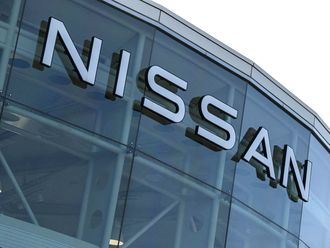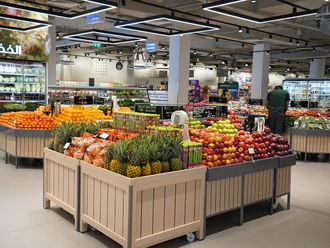Smartphones have invaded every aspect of our daily lives, including shopping.
In fact, 71 per cent of shoppers who use their smartphones to do research inside a retail store say they are an important part of their retail experience, according to a survey conducted by Google, Ipsos MediaCT and Sterling Brands.
Unfortunately, a whopping 66 per cent of customers surveyed say they’ve tried to uncover information while in a store and couldn’t find the information they were looking for. Meanwhile, more than 40 per cent said they were left frustrated and were more likely to shop elsewhere.
The reality is that most shoppers are already using their smartphones inside your store — and many are not coming back when they can’t find the information they need.
So as a retailer, wouldn’t you like to offer your customers a better in-store customer experience by delivering the information shoppers need on the devices they’re already carrying?
Fortunately, there’s an easy way to do that. Today, in-store networks and analytic systems allow you tap into a smartphone’s wi-fi and Bluetooth Smart locationing technologies to conduct personalised interactions with your customers via a loyalty app or other interface on their phones.
Location-enabled mobile technology allows you to:
• Drive impulse sales: Send coupons based on that shopper’s previous buying history or location within the store to encourage additional sales.
• Provide better customer service: Greet customers by name on their smartphones as they walk in the door — or send over a sales associate when the locationing system shows that a customer is dwelling for a period of time in a certain department within the store.
• Obtain real-time visibility into in-store traffic patterns: Be alerted immediately when more sales associates are needed at checkouts or in a particular department.
• Save customers’ time: Provide maps and step-by-step directions that help customers locate the products they are looking for quickly.
• Analyse in-store operations over the long-term: Compare traffic patterns and customer behaviour to determine which store layouts and product displays yield the most sales.
Encouraging your customers to use their smartphones can lead directly to additional sales. According to Google research, shoppers who use their mobile phones for help spend 25 per cent more in the store.
The good news is that these capabilities are not hard to implement. The reality is that you can deploy a smart locationing network in your store in the morning and start acting on the data it’s collecting for you that afternoon.
Innovative technologies such as beacons and cloud-based software management make it easy to collect and analyse the data you need to best serve each customer at any time during their in-store visit (and after). And the best part is that you can do it for less than two cents per customer visit per year.
— The writer is Director of Retail & Hospitality Solutions EMEA, Zebra Technologies.












